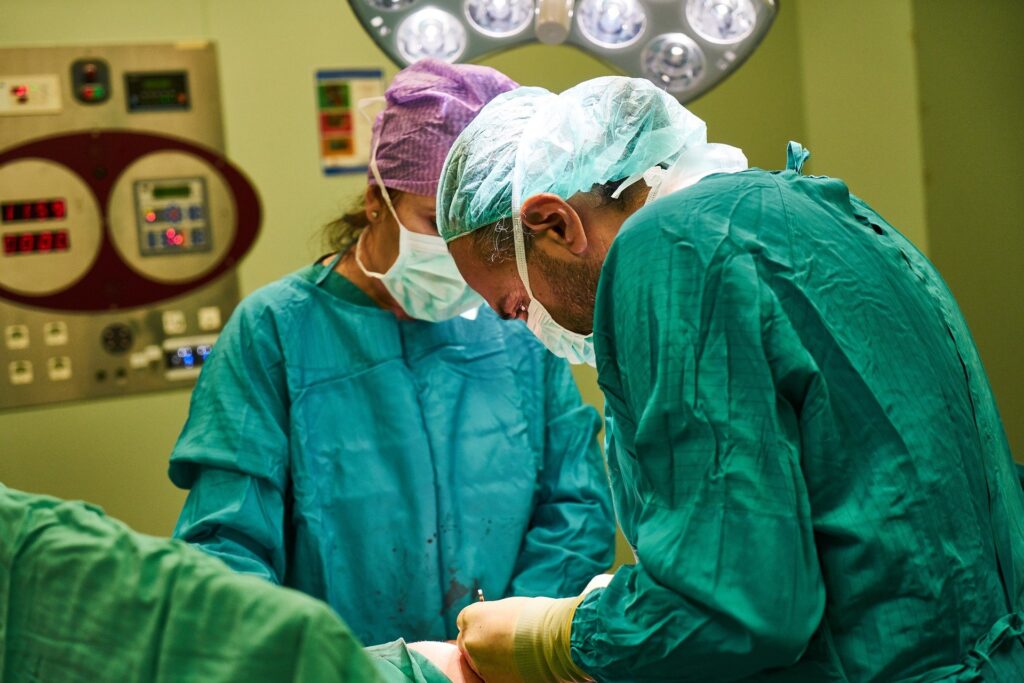
Chin augmentation surgery is a fantastic procedure which has advanced a great deal of the years, and currently offers a great opportunity to those who have misaligned, unwanted or abnormal chin structure. The procedure is actually a very simple one despite the size of the change that occurs in the contours of the face and the jaw area.
This is a surgery which is carried out under general anesthetic and the process is actually a truly remarkable one. The surgeon will make a small incision just beneath the jaw line and then they will insert a silicon implant into the chin area. In some cases the implant may be screwed into the jaw bone, depending on what the overall desired result is. Today then we are going to take a look at who is the ideal candidate for this type of surgery, if you would like to make that change, here is what the perfect patient looks like.
Dentition
One of the most important things that a surgeon will look for is that the patient has good dentition and they have a normal occlusion. This means that the upper teeth and the lower teeth meet perfectly when the mouth is closed. There is a risk that if the patient has poor dentition that the result of the genioplasty, or chin augmentation, would mean that the distance between the teeth would grow bigger. To ascertain this the surgeon will first carry out an orthodontic evaluation.
Jawbone Strength
Surgeons will only carry out this procedure if they are confident that the patient has a good and strong jawbone with a solid structure. The reason for this is of course that the jawbone forms the stable structure of the genioplasty and that means ultimately that the success of the surgery is based on the strength of the jawbone. The surgeon will also look at the density of the jawbone as this will indicate the size and the material of the implant which will be inserted.
Varying Options
There are a number of options which the surgeon could look at depending on the candidate. For example shaped implants will be used in the case of male patients who are looking for a stronger and perhaps more squared or dimpled chin. Alternatively they may look to use silastic implants, a hard rubber, which are idea for the majority of patients who are looking to add depth and strength to the chin. Occasionally a prosthetic chin may not be the ideal option and instead the bone can be cut and slid forward so that the chin as a more natural look, and juts out that little bit more.
For all of these potential treatment options the surgeon will first have to assess the strength of the jawbone, the cantor of the face and the dental structure. Beyond this they will also want to know that the skin around the jaw is in good shape so that it too can adapt to the changes which will be made.